Remember the days when you just washed your face, slapped on some moisturizer and went about your day? Perhaps swiped a little toner after the cleanser because the lady at The Bay told you to? That’s all changed because of serum, now considered a mainstay of the beauty regimen, and the beauty industry. Search Sephora’s website for it and you’ll find 650-plus options—more than cleanser, sunscreen or face moisturizer. It’s pretty impressive for a product that literally didn’t exist until the 1980s.
“Back then everyone was so concerned with moisturizing and hydrating and no one was interesting in repairing,” explains Jason Hadikin, field executive training manager, Estée Lauder, Western Canada. “It was Estée Lauder that started to talk about repair and moisture together, back in 1982, and that’s when she introduced Night Repair [now Advanced Night Repair, or ANR]. It gave people such great results that the floodgates opened up and every other brand started following suit.”
Night Repair, the first skincare to use hyaluronic acid, was designed as a concentrated product to target a specific problem (visible signs of aging). It was lighter in consistency and more easily absorbed than a moisturizer. That’s essentially the definition of a serum still. As Kevin Truong, Sephora’s national beauty educator, explains, “With a typically thinner texture than moisturizer and packed with active ingredients, serums play an important role in a skincare routine by penetrating the skin’s surface to deliver optimal benefits. I would consider a serum as a daily treatment, one that is applied after your cleanser and sealed in by your moisturizer.”
Advanced Night Repair is now in its fifth incarnation (Advanced Night Repair Synchronized Multi-Recovery Complex) and Estee Lauder has another six serums. And now there are hundreds of options jostling for your attention. Serums have also evolved over the years. “They’re more cosmetically appealing while also combining ingredients such as antioxidants towards best outcomes,” explains Dr. Mark Lupin, medical director of Cosmedica Laser Centre in Victoria. “Early serums would often stain or go brown with oxidation; while this can sometimes occur with the newer products, it is much less common. Serum bottles have also improved to be more elegant while also protecting and optimizing the life of the serum.”
So how do you even think about starting to choose one? “First determine what is important to you. Is it discolouration, dullness, fine lines or acne that you are having challenges with? Once you determine your priority it will be much easier to pick your serum,” advises Truong.
But wait! I have multiple skin concerns and I want to address them all at the same time! “You have to be ingredient savvy,” says Acacia Slingerland, who is beauty manager at the Shoppers Drug Mart in Sechelt, B.C., and a pro at helping customers find the products that work for them. “Finding a serum that contains the right actives to treat multiple concerns is key. Serums can be layered, but whatever you apply first will penetrate deepest, and it’s important to know which active ingredients should not be applied at the same time.”
Ingredients to look out for include retinol—an all-round anti-ager—and vitamin C, which offers some protection against UV rays when applied in the morning, is an antioxidant, can help boost collagen production and can treat hyperpigmentation. Other ingredients common in serums include peptides (they’re supposed to fight wrinkles), alpha- beta- and poly-hydroxy acids (AHAs, BHAS and PHAS that exfoliate, clarify and give you glow), antioxidants including CoQ10, vitamin E (along with C, it counteracts environmental and sun damage) and humectants, such as hyaluronic acid or glycerin (these help skin hold on to moisture).
If you do want to address lots of problems, does that mean you need lots of serums? You can; brands like The Ordinary and The Inkey List offer low-priced products with high concentrations of ingredients that are specifically designed to be layered if you want to tailor something, and fancy yourself a chemist. However the majority of serums these days are formulated with multiple concerns in mind so you don’t have to double or triple up if you don’t want to.
There are also products that can be categorized as “pre-serums,” including Lancôme’s Genifique, Shiseido’s Ultimune, ANR and Sulwhasoo First Care Activating Serum. These will all deliver benefits on their own, but they’re also designed to repair skin so it generally functions better. That means if you apply a second serum over the top, it will be more effective. And on the other side of things, there are serum foundations, where they have added skincare ingredients to your makeup.
Should you be concerned about reactions to serums because they’re more concentrated than other products? We can react to almost anything, points out Dr. Lupin. “There is likely less chance of reaction to a medical-grade serum than to an over-the-counter serum, as there tends to be less additives and only the essential ingredients in a medical-grade product,” he says (Dr. Lupin is a fan of SkinCeuticals). “I commonly recommend that my patients apply any new product, including serums, on a small area of the forearm, twice a day for three days, to help gauge tolerance and sensitivity. It is still possible to develop reaction to skincare products even after prolonged use. Speak with your physician or health care provider and inform them of any allergies that you do have; this may help to select a product that you are less likely to be sensitive to.”
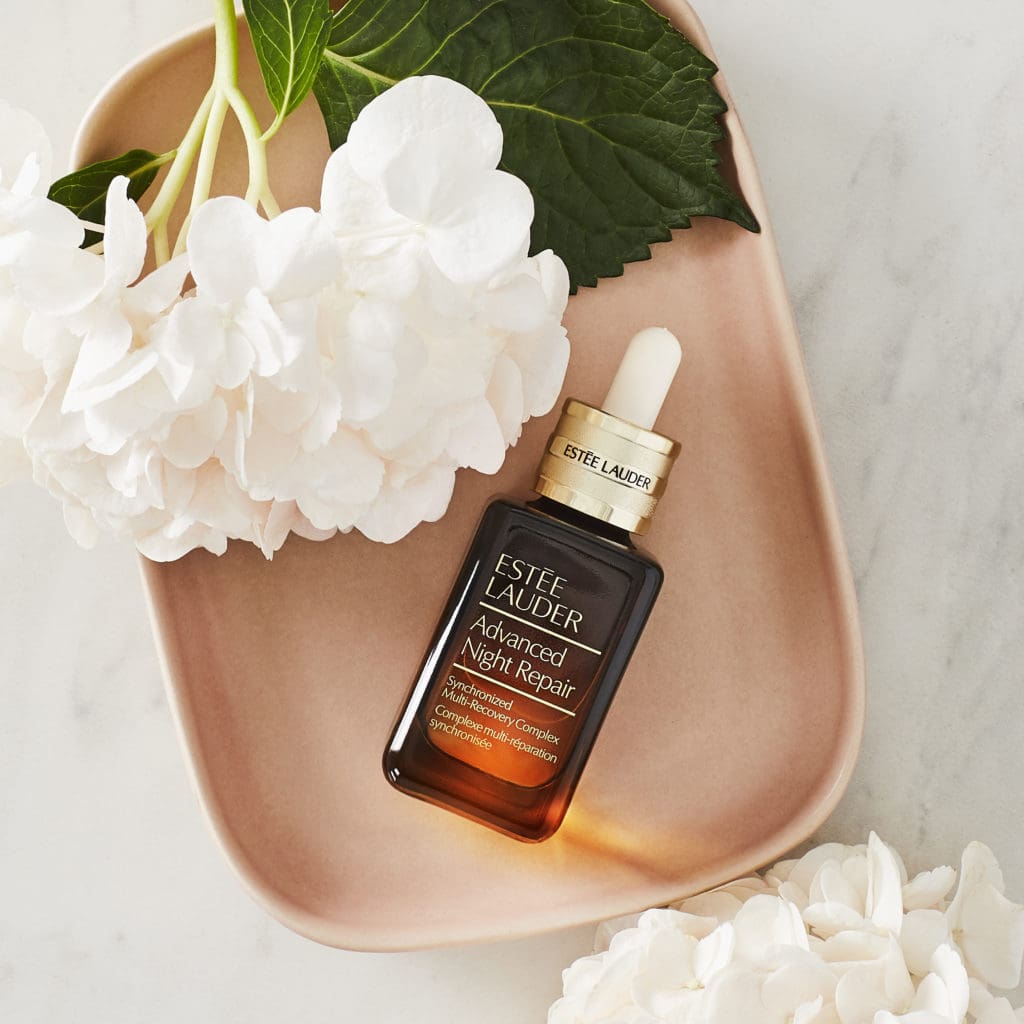
If you’re still perplexed, you can ask your dermatologist or a beauty adviser on counter or in stores like Sephora or Shoppers that offer multiple brands. Both retailers also offer online services so you can live chat with experts and get tips and product recommendations.
Now you’ve found your serum or serums, how can you tell if they’re working? You need to give it about three weeks, says Hadikin. “You should notice that your skin feels more hydrated and bouncier. People often don’t give serum the time it needs; it’s just like if you’re taking medication, you need to have it in your system for a few weeks.”
If you’ve used a product for a while and want to check its effectiveness, Truong says you have to “listen” to your skin, by tracking results (taking photos if necessary) against what you wanted to achieve in the first place. And if you feel like it’s no longer working, it may still be worth persevering. “That serum has gotten your skin from point A to point B and you may lose all that progress if you stop using it,” he explains. “However, there may be times when you notice different concerns, perhaps as your skin matures, or simply because your skin requires additional help to improve its appearance. If this is the case, re-evaluate your skincare routine and change your serum to address your current wants and needs.” At specific times of life such as pregnancy your skin needs might change (hello, unexpected adult acne) and you may also want to hold off on certain ingredients like retinol. Serums also can’t fix everything—prevention is always better than cure so don’t skip sunscreen, and for some issues, cosmetic procedures like injectables and lasers might just work better.
And what about price point? Will an expensive serum always be better than an affordable one? Slingerland says no, it’s really all about the ingredients. But Hadikin opines there is some benefit in spending a little more. “The biggest thing is that you pay more for the technology and ingredients that deliver the fastest results possible,” he explains. “It’s that and also the sensorial experience and the look of it. I have all my designer serums on display! That’s a lot of why people spend more—that little point of luxury.” —Aileen Lalor
Serums For All
for all-over healthier skin. The relatively new category of preserums promises generally healthier looking and more vibrant skin and will also boost the effects of any subsequent skincare you use. Estee Lauder Advanced Night Repair Serum Synchronized Multi-Recovery Complex locks in moisture for 72 hours and helps boost skin’s own natural ability to repair. Shiseido Ultimune Power Infusing Concentrate promises to help skin retain moisture, and reactivate its own defences against external aggressors. Sulwhasoo First Care Activating Perfecting Serum reinforces the skin’s moisture barrier and boosts overall radiance.
for acne-prone folk. Acneic skin isn’t necessarily oily, but many products aimed at it are drying. The Other Skincare Plant Voodoo is a made-in-Canada serum that claims to visibly improve breakouts within a week as well as brightening and smoothing skin, and helping reduce pain caused by cystic acne. Peace Out Salicylic Acid Serum has salicylic acid, a BHA to help clear up pimples, plus vitamin C and niacinamide to brighten. SkinCeuticals Silymarin CF is an oil-free medical-grade serum that includes vitamin C, salicylic acid, ferulic acid and milk thistle extract to prevent and address breakouts and reduce the appearance of fine lines at the same time.
for a brightening boost. If you’re not yet experiencing wrinkles or fine lines, but have noticed dullness or lack of glow, there’s Valmont Luminosity LumiSence, a water-light serum that uses plant ingredients to boost cellular turnover, refine pores and diffuse light—the brand claims it’s like retouching your selfie IRL. Givenchy Le Soin Noir contains microalgae that are said to smooth, plump, firm and give glow to the skin, revealing “the original light of youth.”
for dry skin. Humectants are what you need. RoC’s Hydrate & Plump Serum Capsules come in single-dose biodegradable capsules packed with hyaluronic acid for hydration and plumping. Clayton Shagal Hyaluronic Acid Serum has three different sizes of hyaluronic acid that can each penetrate to different layers of skin to hydrate deeply and superficially.
for lines, wrinkles and sagging. Ingredients like retinol and peptides are top of most people’s lists, plus vitamin C for brightening. Bliss Youth Got This Prevent-4 Pure Retinol Advanced Skin Smoothing Serum has stabilized retinol, peptides, amino acids, squalane and antioxidants, is vegan, cruelty free, and affordable. Nuxe Super Serum tackles problems with botanical ingredients like natural hyaluronic acid and botanical oils. Biossance Squalane + Copper Peptide includes (you guessed it) hyaluronic acid and squalane for moisture, plus copper peptides that encourage collagen and elastin production for firming and wrinkle reduction.
for hyperpigmentation and dark spots. Dark spots from sun exposure or hormone shifts in pregnancy can be really tricky to treat, and traditionally the products that addressed them were very drying. Caudalie Vinoperfect Radiance Serum Complexion Enhancing has a proprietary ingredient called viniferine to reduce the appearance of spots, plus olive squalane for moisture. Lancôme Rénergie HCF Triple Serum has vitamin C and niacinamide for the pigmentation, plus hyaluronic acid and ferulic acid (an antioxidant). Those powerhouse ingredients have previously never been combined, a problem that Lancôme gets round with a special triple-chamber packaging that mixes the serum when you pump it.
for makeup with extra oomph. If you want to amp up your beauty regimen at every stage, you could try a serum foundation. Ilia True Skin Serum Foundation contains niacinamide and allantoin to brighten skin over time, and has a light texture so it melts into skin. Trinny London BFF Rebalance has blemish fighting ingredients, while the brand’s BFF De-Stress contains hyaluronic acid and neurophroline, said to fight stress.
new launches. Keen to switch up your serum? There are some interesting new launches to consider. Givenchy Le Soin Noir Serum, made with two algae, has fascinating, bold and shimmery black gem-like texture and claims to make skin seem “bouncier”. Shiseido White Lucent Illuminating Micro-Spot Serum targets dark spots with sakura, white sand lily and more. Composed of hyaluronic acid and infused with thousands of botanical golden pearls, Nuxe Super Serum Face Oil is said to soften, plump and restores radiance to skin of all ages. Vegan Retinol Berry 3 in 1 Super Smooth Serum Cream by Garnier combines retinol serum, night cream and eye care in one, and boasts a super berry blend to soothe and protect. Youth To The People Adaptogen Soothe + Hydrate Activated Mist is like a serum in a mist, and hydrates, calms visible redness and evens the look of skin tone with antioxidant-rich adaptogens including Reishi mushrooms, hyaluronic acid and soothing peptides. Juice Beauty’s new Prebiotix Freshly Squeezed Glow Vitamin C Serum boasts the most powerful form and concentration of stabilized C to even and brighten while Canadian brand Glow Jar has launched its Radiance Brightening Serum with 3 per cent tranexamic acid to help manage melasma, dark spots and hyperpigmentation. For winter skin woes, Neutrogena’s skin-quenching Hydro Boost Hyaluronic Acid Serum, with glycerin, vitamin B5 and hyaluronic acid, locks in your skin’s moisture to protect it from dryness, while NeoStrata calls its Tri-Therapy Lifting Serum a cold-weather superhero. From winter to Summer Fridays, the beauty brand has released a Dream Oasis Deep Hydration Serum with squalane, glycerin and hyaluronic acid, which are all recognized for their moisture-binding effect, drenching skin with intense hydration. And, finally, from Ilia, new True Skin Serum Foundation is packed with active levels of niacinamide and allantoin and, apparently, boasted more than 5,000 people on a waiting list at press time. Talk about taking a serum queue!
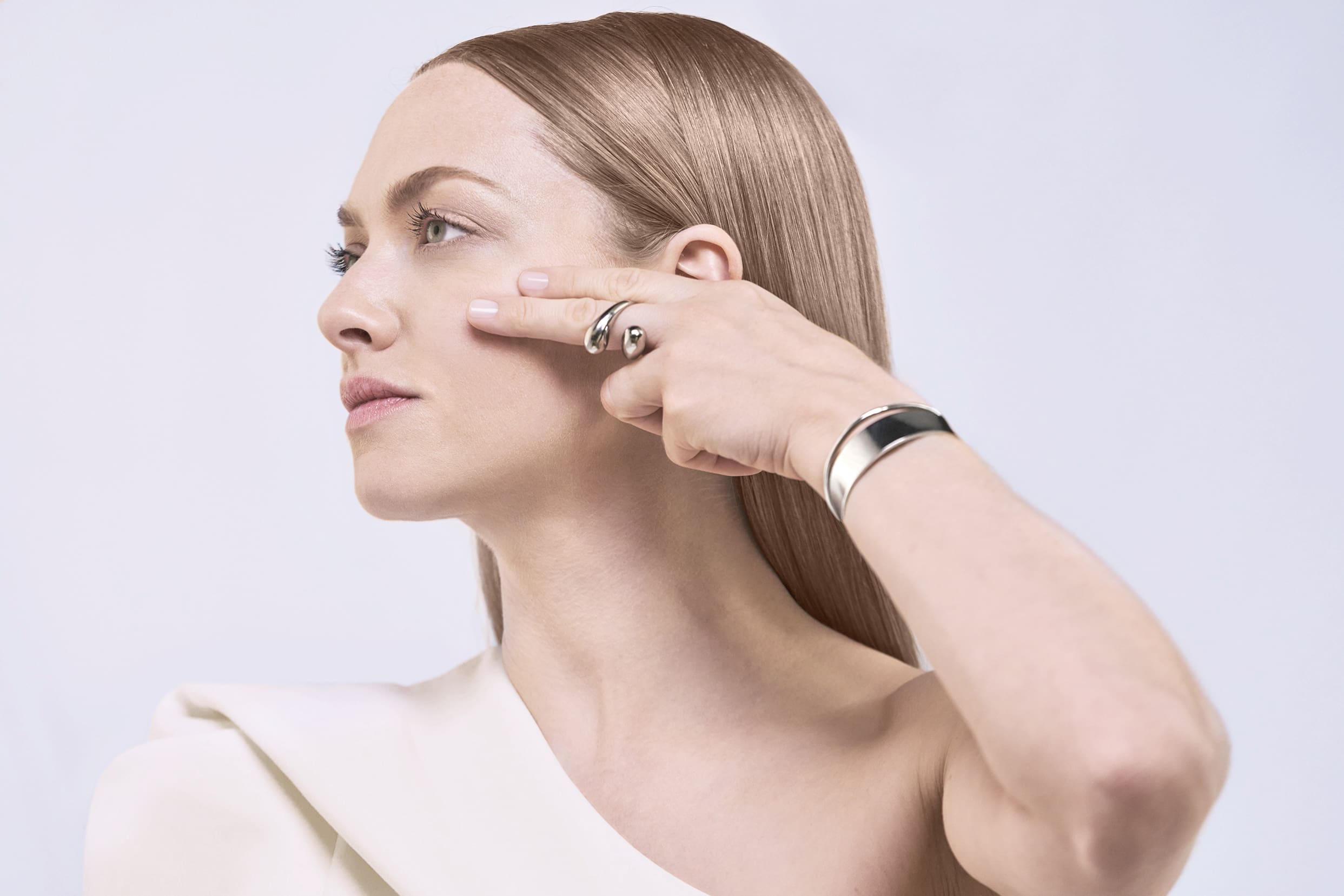
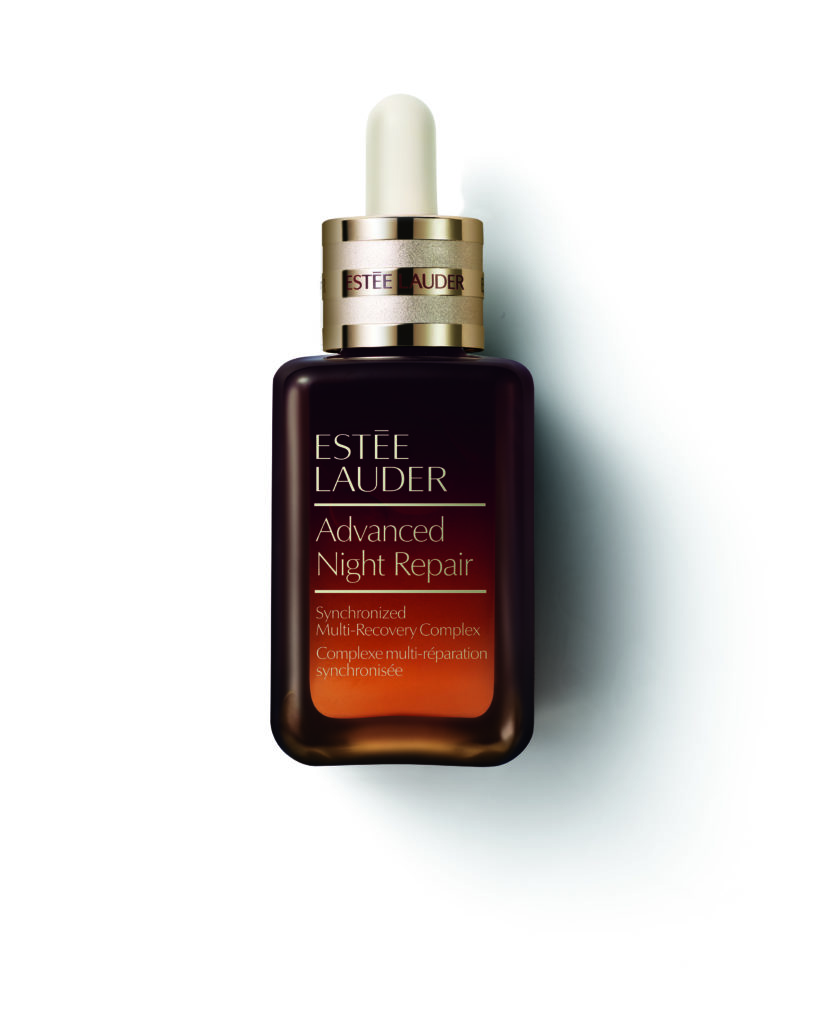
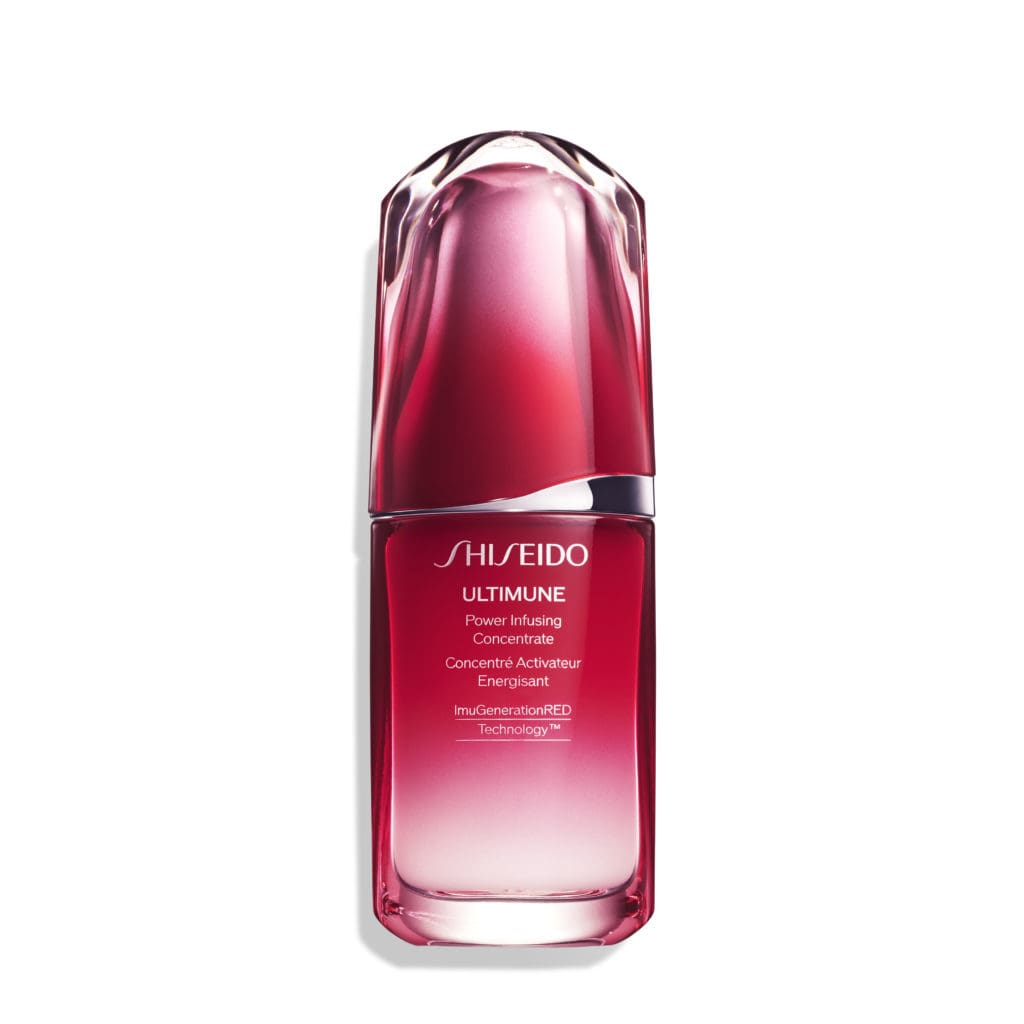
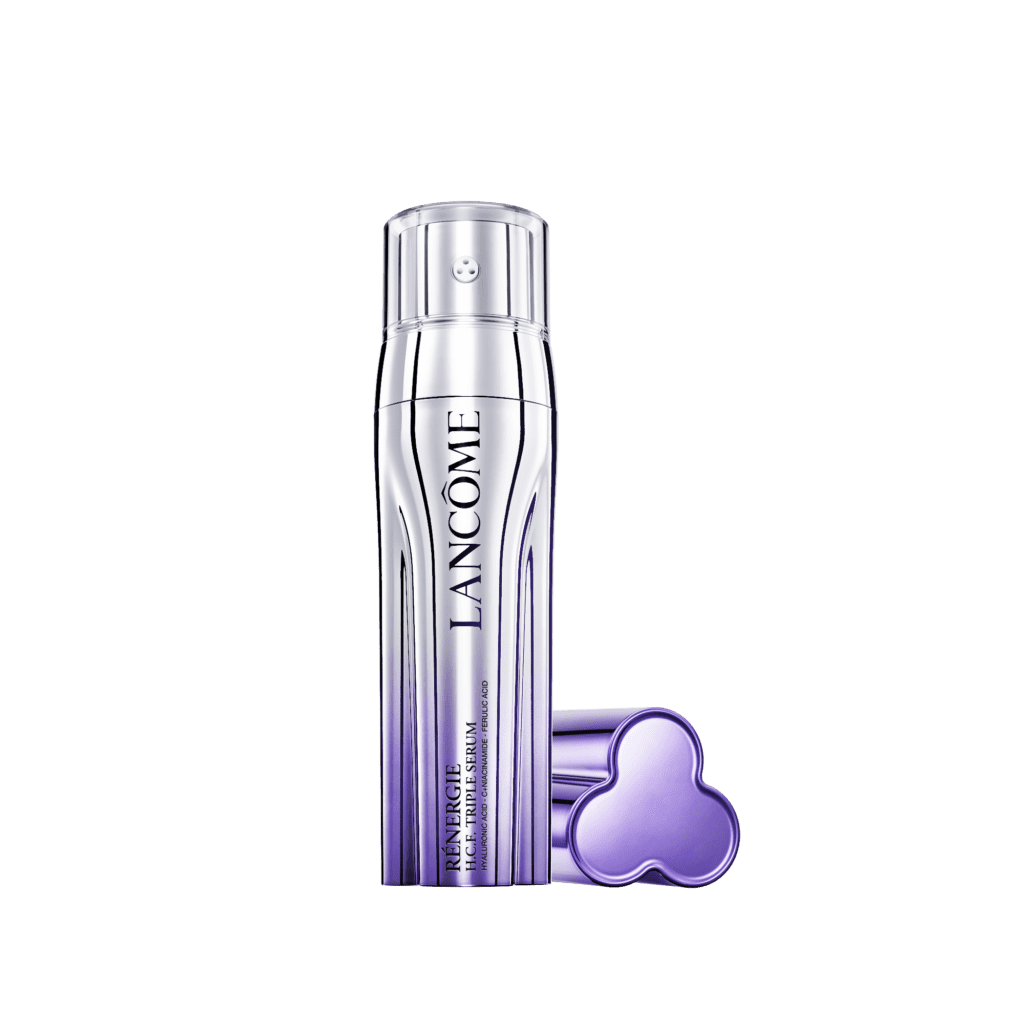
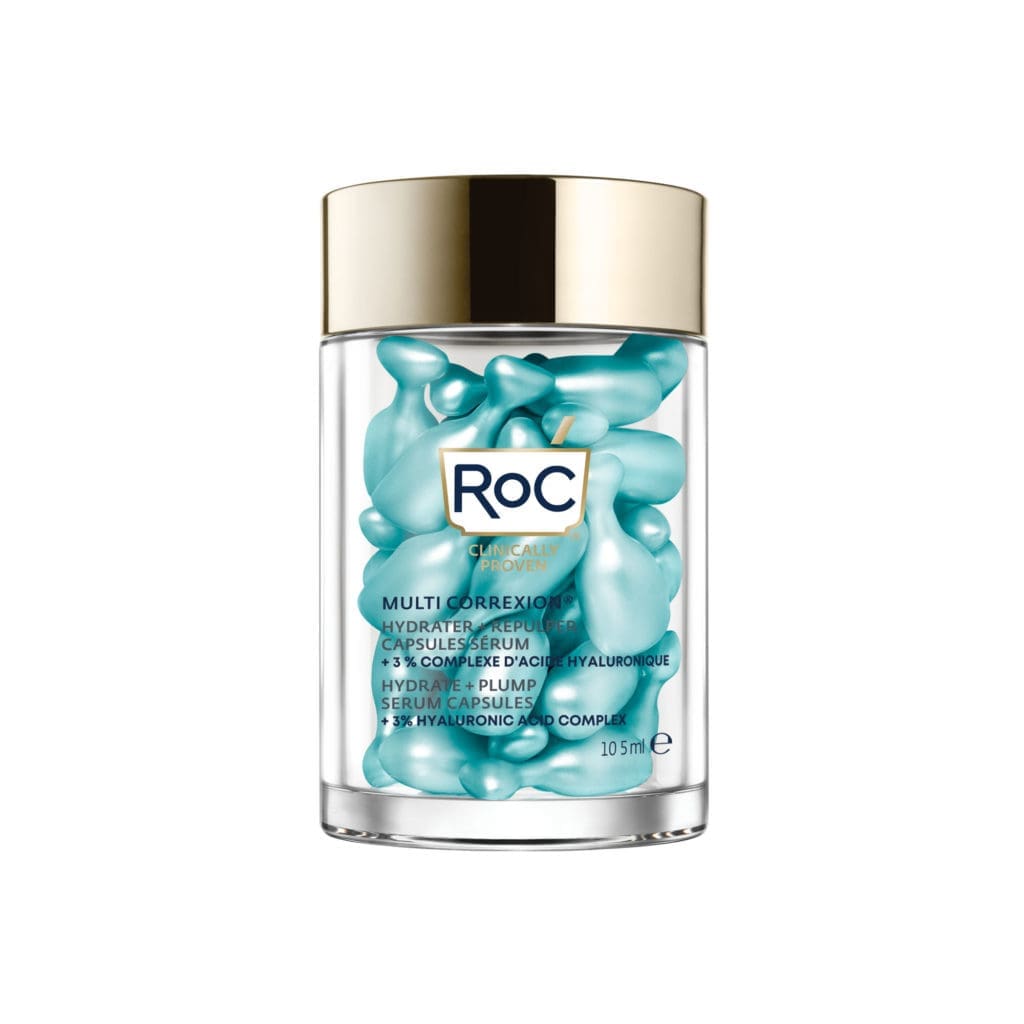
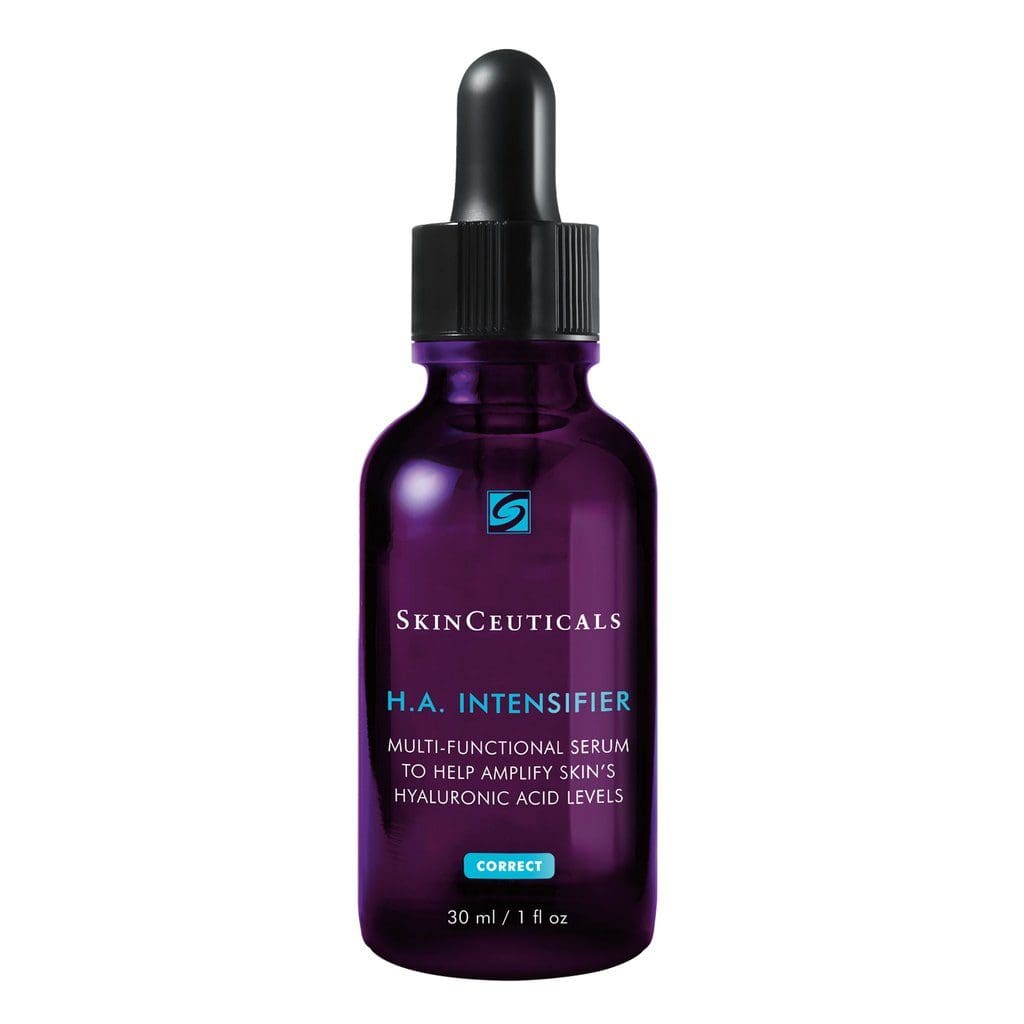
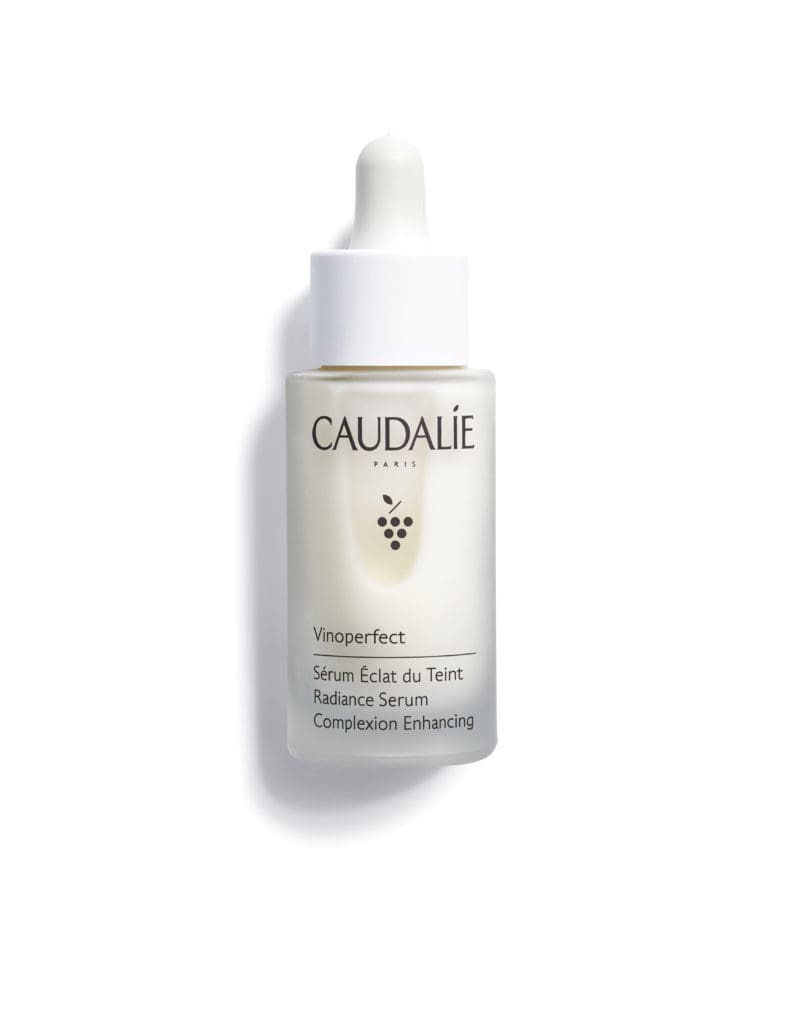
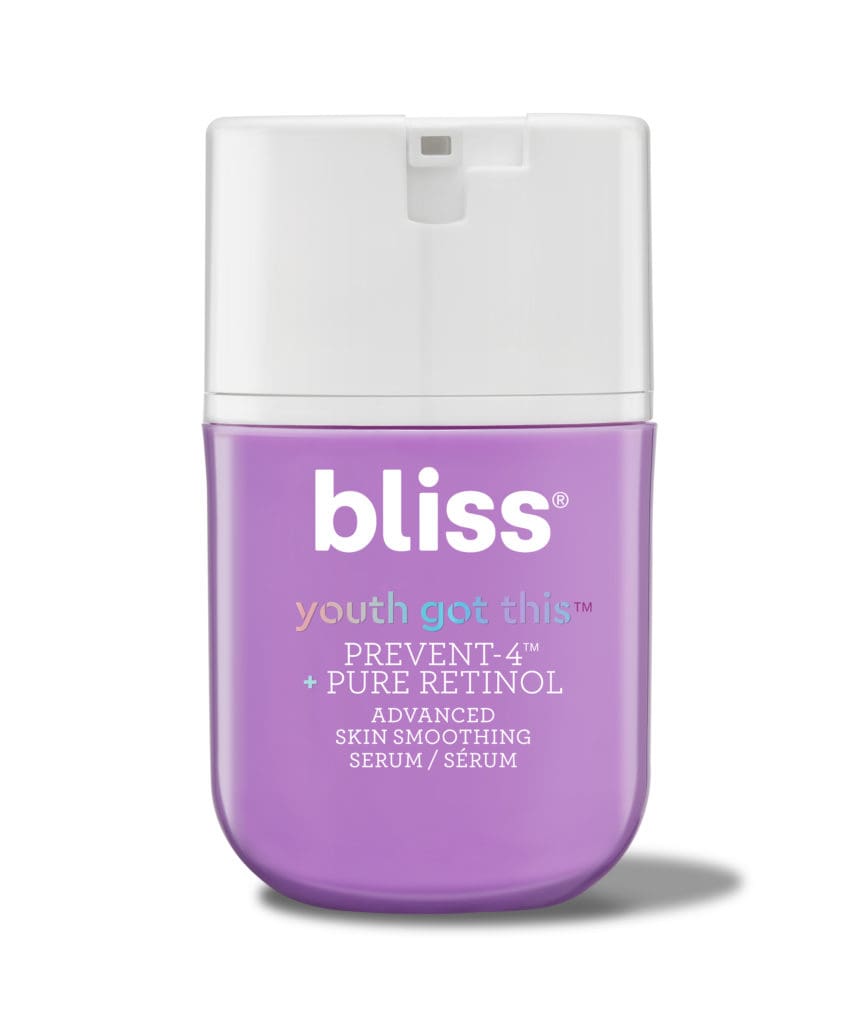
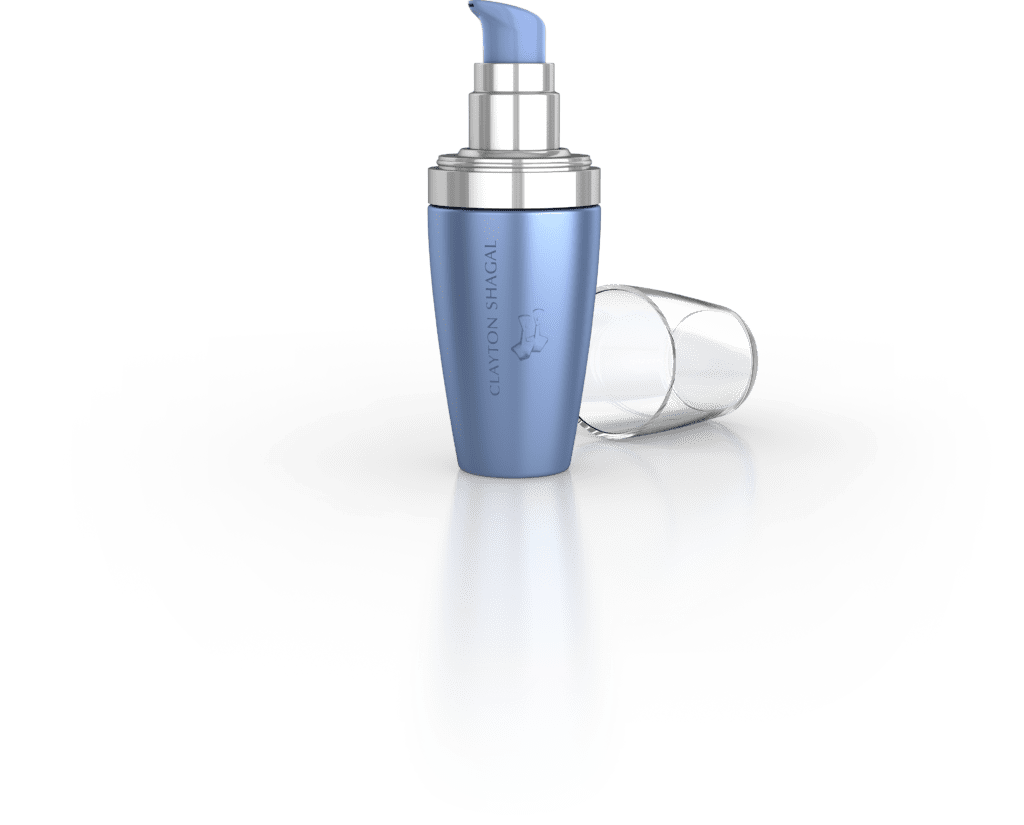
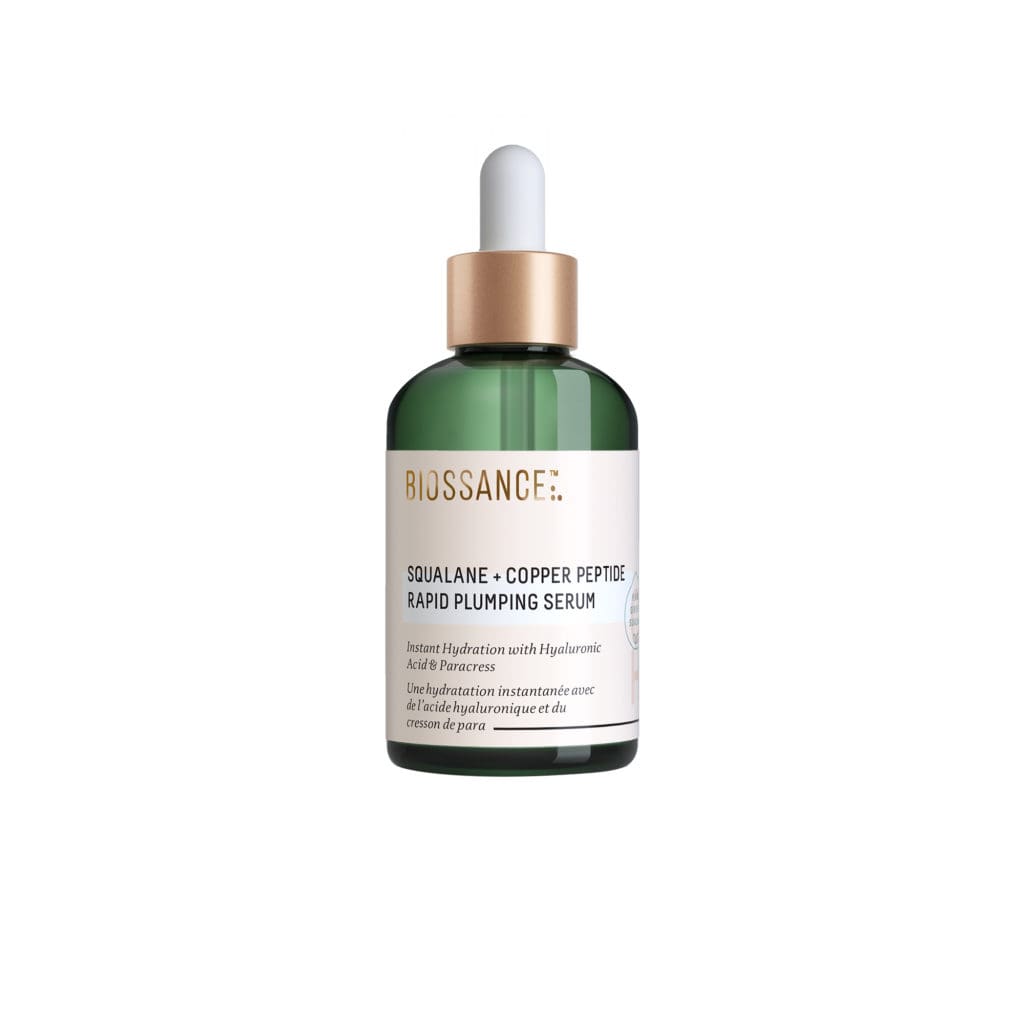
January 22nd, 2025 at 2:01 am
Mexican Easy Pharm: Mexican Easy Pharm – purple pharmacy mexico price list
January 23rd, 2025 at 1:15 am
mexico pharmacies prescription drugs https://mexicaneasypharm.com/# medicine in mexico pharmacies
mexico pharmacies prescription drugs
January 23rd, 2025 at 4:06 am
buying prescription drugs in mexico https://mexicaneasypharm.shop/# buying prescription drugs in mexico
purple pharmacy mexico price list
January 23rd, 2025 at 6:58 am
п»їbest mexican online pharmacies https://mexicaneasypharm.shop/# Mexican Easy Pharm
mexican drugstore online
January 23rd, 2025 at 10:39 pm
mexico drug stores pharmacies https://mexicaneasypharm.com/# Mexican Easy Pharm
mexican pharmaceuticals online
January 24th, 2025 at 2:08 am
https://predpharm.com/# can i buy prednisone over the counter in usa
generic over the counter prednisone
January 24th, 2025 at 6:52 am
https://predpharm.shop/# Pred Pharm
buy prednisone nz
January 24th, 2025 at 11:50 am
https://semapharm24.shop/# semaglutide tablets price
prednisone 20 mg tablets coupon
January 24th, 2025 at 5:00 pm
https://dappharm.com/# Priligy tablets
prednisone drug costs
January 24th, 2025 at 11:44 pm
https://predpharm.com/# PredPharm
buy 10 mg prednisone
January 25th, 2025 at 7:46 am
https://semapharm24.shop/# semaglutide tablets for weight loss
prednisone cream over the counter
January 25th, 2025 at 3:53 pm
https://kamapharm.shop/# Kamagra 100mg price
54 prednisone
January 25th, 2025 at 11:36 pm
http://dappharm.com/# DapPharm
prednisone 1 mg tablet
January 26th, 2025 at 6:59 am
https://kamapharm.com/# Kamagra 100mg
buy prednisone 50 mg
January 26th, 2025 at 2:22 pm
https://cytpharm.com/# CytPharm
can you buy prednisone without a prescription
January 26th, 2025 at 9:22 pm
http://semapharm24.com/# semaglutide tablets store
buy prednisone online paypal
January 27th, 2025 at 4:37 am
https://dappharm.shop/# buy dapoxetine online
buy prednisone without rx
January 27th, 2025 at 10:31 am
https://predpharm.com/# buying prednisone on line
over the counter prednisone cheap
January 27th, 2025 at 3:56 pm
http://dappharm.com/# buy dapoxetine online
prednisone sale
January 28th, 2025 at 1:05 am
https://farmatadalitaly.shop/# farmacia online piГ№ conveniente
comprare farmaci online con ricetta
January 28th, 2025 at 5:51 am
https://farmaprodotti.com/# acquistare farmaci senza ricetta
farmacie online autorizzate elenco
January 28th, 2025 at 10:44 am
https://farmasilditaly.shop/# miglior sito per comprare viagra online
acquisto farmaci con ricetta
January 28th, 2025 at 3:33 pm
https://farmasilditaly.com/# siti sicuri per comprare viagra online
п»їFarmacia online migliore
January 28th, 2025 at 8:10 pm
https://farmasilditaly.shop/# viagra online spedizione gratuita
п»їFarmacia online migliore
January 30th, 2025 at 6:59 pm
https://farmabrufen.com/# BRUFEN 600 acquisto online
acquisto farmaci con ricetta
January 30th, 2025 at 10:58 pm
jugabet jugabet casino Los casinos ofrecen entretenimiento en vivo.
January 31st, 2025 at 1:48 am
Many casinos have beautiful ocean views.: phtaya – phtaya login
January 31st, 2025 at 2:03 am
Security measures ensure a safe environment.: phmacao casino – phmacao com login
January 31st, 2025 at 6:44 am
Many casinos host charity events and fundraisers.: phmacao – phmacao com
January 31st, 2025 at 7:02 am
La pasiГіn por el juego une a personas.: winchile casino – winchile
January 31st, 2025 at 7:31 am
phtaya login phtaya Players must be at least 21 years old.
January 31st, 2025 at 11:36 am
Los jugadores deben jugar con responsabilidad.: win chile – winchile
January 31st, 2025 at 11:58 am
Security measures ensure a safe environment.: phmacao club – phmacao com login
January 31st, 2025 at 3:49 pm
taya365 com login taya365 com login Many casinos provide shuttle services for guests.
January 31st, 2025 at 4:13 pm
Many casinos have beautiful ocean views.: taya777 – taya777.icu
January 31st, 2025 at 4:36 pm
Gambling regulations are strictly enforced in casinos.: taya777 login – taya777 app
January 31st, 2025 at 8:49 pm
Players enjoy a variety of table games.: phmacao com – phmacao
January 31st, 2025 at 9:16 pm
Live dealer games enhance the casino experience.: taya777 login – taya777
January 31st, 2025 at 11:53 pm
taya777 app taya777 app The casino scene is constantly evolving.
February 1st, 2025 at 1:26 am
Most casinos offer convenient transportation options.: phmacao club – phmacao club
February 1st, 2025 at 1:59 am
Los casinos son lugares de reuniГіn social.: jugabet – jugabet
February 1st, 2025 at 6:09 am
The casino scene is constantly evolving.: phtaya.tech – phtaya login
February 1st, 2025 at 6:44 am
Hay reglas especГficas para cada juego.: win chile – winchile.pro
February 1st, 2025 at 7:56 am
phtaya casino phtaya casino Entertainment shows are common in casinos.
February 1st, 2025 at 10:54 am
Las ganancias son una gran motivaciГіn.: jugabet – jugabet.xyz
February 1st, 2025 at 11:31 am
Casinos offer delicious dining options on-site.: taya365.art – taya365 com login
February 1st, 2025 at 3:42 pm
Los juegos de mesa son clГЎsicos eternos.: winchile.pro – winchile.pro
February 1st, 2025 at 4:07 pm
winchile win chile Las mГЎquinas tragamonedas tienen temГЎticas diversas.
February 1st, 2025 at 4:24 pm
La mayorГa acepta monedas locales y extranjeras.: jugabet chile – jugabet casino
February 1st, 2025 at 8:01 pm
https://phmacao.life/# Players often share tips and strategies.
Poker rooms host exciting tournaments regularly.
February 1st, 2025 at 8:49 pm
La Г©tica del juego es esencial.: jugabet casino – jugabet casino
February 1st, 2025 at 9:53 pm
La mГєsica acompaГ±a la experiencia de juego.: winchile.pro – winchile.pro
February 2nd, 2025 at 1:59 am
phtaya login phtaya casino Casinos offer delicious dining options on-site.
February 2nd, 2025 at 3:09 am
Some casinos have luxurious spa facilities.: taya777 login – taya777.icu
February 2nd, 2025 at 4:24 am
http://jugabet.xyz/# Los croupiers son amables y profesionales.
The poker community is very active here.
February 2nd, 2025 at 6:47 am
Slot machines feature various exciting themes.: phmacao com – phmacao.life
February 2nd, 2025 at 8:25 am
Slot machines attract players with big jackpots.: taya777 login – taya777 app
February 2nd, 2025 at 11:40 am
La competencia entre casinos beneficia a los jugadores.: jugabet.xyz – jugabet
February 2nd, 2025 at 12:04 pm
taya365 com login taya365 login Entertainment shows are common in casinos.
February 2nd, 2025 at 1:52 pm
Many casinos host charity events and fundraisers.: taya365 login – taya365 login
February 2nd, 2025 at 4:44 pm
La pasiГіn por el juego une a personas.: winchile.pro – win chile
February 2nd, 2025 at 7:16 pm
Some casinos feature themed gaming areas.: taya365 – taya365
February 2nd, 2025 at 9:56 pm
win chile win chile La competencia entre casinos beneficia a los jugadores.
February 3rd, 2025 at 12:52 am
Cashless gaming options are becoming popular.: phtaya login – phtaya
February 3rd, 2025 at 3:10 am
Los casinos ofrecen entretenimiento en vivo.: winchile casino – winchile.pro
February 3rd, 2025 at 6:21 am
Los casinos organizan noches de trivia divertidas.: jugabet.xyz – jugabet
February 3rd, 2025 at 7:40 am
taya365 login taya365 login Gaming regulations are overseen by PAGCOR.
February 3rd, 2025 at 8:17 am
Casino promotions draw in new players frequently.: taya777 login – taya777 app
February 3rd, 2025 at 11:45 am
Gambling regulations are strictly enforced in casinos.: taya777.icu – taya777.icu
February 3rd, 2025 at 1:17 pm
Players enjoy a variety of table games.: phtaya – phtaya casino
February 3rd, 2025 at 5:13 pm
Many casinos host charity events and fundraisers.: phmacao.life – phmacao club
February 3rd, 2025 at 6:16 pm
Los jugadores deben jugar con responsabilidad.: jugabet casino – jugabet casino
February 3rd, 2025 at 10:07 pm
Resorts provide both gaming and relaxation options.: taya365 login – taya365
February 3rd, 2025 at 11:10 pm
Gambling can be a social activity here.: taya365.art – taya365 login
February 4th, 2025 at 5:13 am
easy canadian pharm precription drugs from canada easy canadian pharm
February 4th, 2025 at 8:17 am
mexico drug stores pharmacies: xxl mexican pharm – pharmacies in mexico that ship to usa
February 4th, 2025 at 8:32 am
xxl mexican pharm: buying prescription drugs in mexico online – mexico pharmacies prescription drugs
February 4th, 2025 at 1:06 pm
easy canadian pharm: online canadian pharmacy – easy canadian pharm
February 4th, 2025 at 1:25 pm
easy canadian pharm: thecanadianpharmacy – easy canadian pharm
February 4th, 2025 at 1:53 pm
canadian drug pharmacy best online canadian pharmacy easy canadian pharm
February 4th, 2025 at 5:56 pm
xxl mexican pharm: mexican pharmaceuticals online – xxl mexican pharm
February 4th, 2025 at 6:30 pm
Cheapest online pharmacy: online pharmacy discount code – online pharmacy delivery usa
February 4th, 2025 at 11:46 pm
canadian pharmacy world: prescription drugs canada buy online – best canadian online pharmacy
February 5th, 2025 at 12:43 am
discount drugs: discount drug pharmacy – canadian pharmacy no prescription
February 5th, 2025 at 5:40 am
family pharmacy: us pharmacy no prescription – family pharmacy
February 5th, 2025 at 6:59 am
MegaIndiaPharm: Mega India Pharm – MegaIndiaPharm
February 5th, 2025 at 11:27 am
mexican border pharmacies shipping to usa: mexican pharmaceuticals online – reputable mexican pharmacies online
February 5th, 2025 at 1:14 pm
MegaIndiaPharm: Mega India Pharm – MegaIndiaPharm
February 5th, 2025 at 7:28 pm
top 10 pharmacies in india: reputable indian pharmacies – indian pharmacy online
February 5th, 2025 at 9:19 pm
discount drugs drug mart drug mart
February 5th, 2025 at 11:07 pm
pharmacy discount coupons: Online pharmacy USA – canadian pharmacy no prescription needed
February 6th, 2025 at 1:46 am
no prescription pharmacy paypal: discount drug pharmacy – discount drug mart
February 6th, 2025 at 5:06 am
cheapest pharmacy to fill prescriptions with insurance: Online pharmacy USA – reputable online pharmacy no prescription
February 6th, 2025 at 7:45 am
online pharmacy without prescription https://discountdrugmart.pro/# discount drug mart pharmacy
February 6th, 2025 at 8:18 am
canadian pharmacy cheap: canadian online drugstore – drugs from canada
February 6th, 2025 at 11:13 am
MegaIndiaPharm: MegaIndiaPharm – reputable indian online pharmacy
February 6th, 2025 at 2:39 pm
discount drug mart: discount drug pharmacy – drugmart
February 6th, 2025 at 5:01 pm
xxl mexican pharm: pharmacies in mexico that ship to usa – mexico pharmacies prescription drugs
February 6th, 2025 at 5:48 pm
best online pharmacy no prescription http://easycanadianpharm.com/# canadian pharmacy online reviews
February 6th, 2025 at 6:49 pm
pharmacy website india MegaIndiaPharm Mega India Pharm
February 6th, 2025 at 8:36 pm
Cheapest online pharmacy: Best online pharmacy – mail order prescription drugs from canada
February 6th, 2025 at 10:28 pm
drug mart: discount drugs – drug mart
February 7th, 2025 at 2:36 am
MegaIndiaPharm: MegaIndiaPharm – MegaIndiaPharm
February 7th, 2025 at 4:05 am
discount drug mart pharmacy: no prescription required pharmacy – drug mart
February 7th, 2025 at 5:30 am
indian pharmacy paypal Mega India Pharm Mega India Pharm
February 7th, 2025 at 8:38 am
no prescription needed canadian pharmacy: drug mart – drug mart
February 7th, 2025 at 9:46 am
discount drug mart pharmacy: drug mart – drug mart
February 7th, 2025 at 2:54 pm
online pharmacy prescription: Online pharmacy USA – family pharmacy
February 7th, 2025 at 3:33 pm
indian pharmacy online: Online medicine order – MegaIndiaPharm
February 7th, 2025 at 8:58 pm
online pharmacy delivery usa: Cheapest online pharmacy – Best online pharmacy
February 7th, 2025 at 9:12 pm
discount drug pharmacy: discount drug mart pharmacy – discount drug mart pharmacy
February 8th, 2025 at 12:40 am
cheapest prescription pharmacy https://megaindiapharm.com/# indian pharmacy paypal
February 8th, 2025 at 3:01 am
discount drugs: drug mart – canadian pharmacy without prescription
February 8th, 2025 at 8:27 am
reputable mexican pharmacies online: mexico drug stores pharmacies – xxl mexican pharm
February 8th, 2025 at 10:34 am
canadian online pharmacy no prescription https://easycanadianpharm.com/# easy canadian pharm
February 8th, 2025 at 1:14 pm
buying prescription drugs in mexico online: mexican mail order pharmacies – xxl mexican pharm
February 8th, 2025 at 1:31 pm
legitimate canadian online pharmacies cheapest pharmacy canada escrow pharmacy canada
February 8th, 2025 at 6:00 pm
Online pharmacy USA: Online pharmacy USA – online pharmacy delivery usa
February 8th, 2025 at 10:57 pm
online pharmacy delivery usa: Best online pharmacy – Best online pharmacy
February 8th, 2025 at 11:41 pm
Best online pharmacy legit non prescription pharmacies Cheapest online pharmacy
February 9th, 2025 at 3:44 am
https://slot88.company/# Mesin slot menawarkan berbagai tema menarik
February 9th, 2025 at 4:36 am
Jackpot progresif menarik banyak pemain: BonaSlot – BonaSlot
February 9th, 2025 at 8:32 am
https://slotdemo.auction/# Slot modern memiliki grafik yang mengesankan
February 9th, 2025 at 9:08 am
bonaslot.site bonaslot.site Jackpot besar bisa mengubah hidup seseorang
February 9th, 2025 at 9:27 am
Kasino di Bali menarik banyak pengunjung: BonaSlot – bonaslot.site
February 9th, 2025 at 12:44 pm
https://bonaslot.site/# Pemain sering berbagi tips untuk menang
February 9th, 2025 at 1:46 pm
Banyak kasino memiliki promosi untuk slot: preman69 slot – preman69.tech
February 9th, 2025 at 4:42 pm
slot88.company slot 88 Mesin slot digital semakin banyak diminati
February 9th, 2025 at 5:03 pm
http://garuda888.top/# Slot menawarkan kesenangan yang mudah diakses
February 9th, 2025 at 6:06 pm
Slot modern memiliki grafik yang mengesankan: slot88 – slot88.company
February 9th, 2025 at 9:20 pm
https://preman69.tech/# Slot modern memiliki grafik yang mengesankan
February 9th, 2025 at 10:42 pm
Slot dengan bonus putaran gratis sangat populer: akun demo slot – akun demo slot
February 10th, 2025 at 2:25 am
https://slot88.company/# Kasino memastikan keamanan para pemain dengan baik
February 10th, 2025 at 4:27 am
Beberapa kasino memiliki area khusus untuk slot: bonaslot.site – bonaslot
February 10th, 2025 at 7:34 am
Kasino memiliki suasana yang energik dan menyenangkan https://slotdemo.auction/# Kasino mendukung permainan bertanggung jawab
February 10th, 2025 at 8:03 am
https://garuda888.top/# Slot dengan bonus putaran gratis sangat populer
February 10th, 2025 at 10:17 am
Slot klasik tetap menjadi favorit banyak orang: slot demo gratis – slot demo pg gratis
February 10th, 2025 at 12:15 pm
slot88 slot88.company Slot dengan tema budaya lokal menarik perhatian
February 10th, 2025 at 1:00 pm
http://preman69.tech/# Mesin slot baru selalu menarik minat
February 10th, 2025 at 3:12 pm
п»їKasino di Indonesia sangat populer di kalangan wisatawan: garuda888.top – garuda888 slot
February 10th, 2025 at 5:39 pm
https://garuda888.top/# Jackpot progresif menarik banyak pemain
February 10th, 2025 at 7:59 pm
Slot dengan bonus putaran gratis sangat populer: bonaslot.site – BonaSlot
February 10th, 2025 at 10:09 pm
https://slotdemo.auction/# Pemain harus memahami aturan masing-masing mesin
February 10th, 2025 at 11:03 pm
bonaslot bonaslot.site Banyak pemain mencari mesin dengan RTP tinggi
February 11th, 2025 at 12:21 am
Mesin slot baru selalu menarik minat http://preman69.tech/# Jackpot progresif menarik banyak pemain
February 11th, 2025 at 12:44 am
Mesin slot menawarkan berbagai tema menarik: akun demo slot – slot demo
February 11th, 2025 at 2:47 am
http://slot88.company/# Slot klasik tetap menjadi favorit banyak orang
February 11th, 2025 at 5:36 am
Pemain sering berbagi tips untuk menang: bonaslot – BonaSlot
February 11th, 2025 at 7:29 am
https://bonaslot.site/# Slot dengan pembayaran tinggi selalu diminati
February 11th, 2025 at 10:29 am
Slot memberikan kesempatan untuk menang besar: BonaSlot – BonaSlot
February 11th, 2025 at 12:48 pm
Kasino menawarkan pengalaman bermain yang seru https://preman69.tech/# Kasino memiliki suasana yang energik dan menyenangkan
February 11th, 2025 at 3:16 pm
Kasino mendukung permainan bertanggung jawab: slot demo pg gratis – slot demo gratis
February 11th, 2025 at 4:46 pm
https://slot88.company/# п»їKasino di Indonesia sangat populer di kalangan wisatawan
February 11th, 2025 at 7:59 pm
Kasino selalu memperbarui mesin slotnya: slot demo – slot demo
February 11th, 2025 at 8:25 pm
garuda888 garuda888 Slot dengan bonus putaran gratis sangat populer
February 12th, 2025 at 12:47 am
Kasino sering mengadakan turnamen slot menarik: slot88.company – slot 88
February 12th, 2025 at 1:57 am
https://slot88.company/# Banyak pemain berusaha untuk mendapatkan jackpot
February 12th, 2025 at 5:47 am
Kasino sering memberikan hadiah untuk pemain setia: slot88.company – slot88
February 12th, 2025 at 6:38 am
http://preman69.tech/# Slot modern memiliki grafik yang mengesankan
February 12th, 2025 at 6:57 am
slot demo rupiah slot demo Mesin slot menawarkan pengalaman bermain yang cepat
February 12th, 2025 at 9:25 am
Banyak pemain menikmati bermain slot secara online http://slot88.company/# Pemain bisa menikmati slot dari kenyamanan rumah
February 12th, 2025 at 10:34 am
Jackpot progresif menarik banyak pemain: garuda888 slot – garuda888.top
February 12th, 2025 at 11:19 am
http://slot88.company/# Pemain harus menetapkan batas saat bermain
February 12th, 2025 at 3:18 pm
Pemain bisa menikmati slot dari kenyamanan rumah: slot demo rupiah – slotdemo
February 12th, 2025 at 8:00 pm
Kasino memiliki suasana yang energik dan menyenangkan: garuda888 slot – garuda888 slot
February 12th, 2025 at 8:35 pm
http://garuda888.top/# Kasino menawarkan pengalaman bermain yang seru
February 13th, 2025 at 1:50 am
Jackpot progresif menarik banyak pemain: garuda888.top – garuda888 slot
February 13th, 2025 at 4:06 am
garuda888 garuda888.top Pemain sering mencoba berbagai jenis slot
February 13th, 2025 at 8:40 am
https://amohealthpharm.com/# amoxil generic
February 13th, 2025 at 12:53 pm
how to get generic clomid: ClmHealthPharm – how to get clomid price
February 13th, 2025 at 1:46 pm
http://amohealthpharm.com/# amoxicillin azithromycin
February 13th, 2025 at 2:26 pm
where can i buy zithromax medicine zithromax 250 mg australia can you buy zithromax online
February 13th, 2025 at 6:02 pm
how to get cheap clomid without rx: how to get generic clomid online – generic clomid pills
February 13th, 2025 at 6:47 pm
http://clmhealthpharm.com/# cost cheap clomid without dr prescription
February 13th, 2025 at 11:29 pm
amoxicillin 500mg capsule: amoxicillin tablet 500mg – over the counter amoxicillin
February 13th, 2025 at 11:44 pm
doxycycline prescription cost: doxycycline 50 mg – doxycycline otc uk
February 13th, 2025 at 11:50 pm
zithromax 500 tablet Zithro Pharm zithromax price canada
February 14th, 2025 at 6:10 am
doxycycline cheap uk: Dox Health Pharm – doxycycline buy canada
February 14th, 2025 at 6:19 am
https://clmhealthpharm.shop/# get generic clomid without dr prescription
February 14th, 2025 at 10:50 am
amoxicillin buy canada Amo Health Pharm rexall pharmacy amoxicillin 500mg
February 14th, 2025 at 12:24 pm
https://zithropharm.shop/# zithromax z-pak price without insurance
February 14th, 2025 at 12:42 pm
buy amoxicillin online with paypal: AmoHealthPharm – buy amoxicillin online mexico
February 14th, 2025 at 6:12 pm
http://clmhealthpharm.com/# can i get cheap clomid online
February 14th, 2025 at 6:58 pm
doxycycline 50 mg generic: DoxHealthPharm – doxycycline brand name india
February 14th, 2025 at 9:36 pm
clomid tablet ClmHealthPharm how to get generic clomid tablets
February 15th, 2025 at 12:02 am
https://zithropharm.com/# zithromax z-pak price without insurance
February 15th, 2025 at 1:13 am
cost clomid tablets: where can i get generic clomid without a prescription – can i get generic clomid
February 15th, 2025 at 6:47 am
zithromax capsules australia: zithromax 600 mg tablets – zithromax capsules price
February 15th, 2025 at 7:33 am
zithromax 500mg over the counter: ZithroPharm – zithromax capsules 250mg
February 15th, 2025 at 8:17 am
can i buy clomid prices ClmHealthPharm where to buy cheap clomid online
February 15th, 2025 at 11:51 am
https://zithropharm.shop/# buy zithromax online fast shipping
February 15th, 2025 at 1:59 pm
amoxicillin 800 mg price: buy amoxicillin 500mg canada – amoxicillin online canada
February 15th, 2025 at 5:47 pm
http://doxhealthpharm.com/# doxycycline 50 mg
February 15th, 2025 at 7:08 pm
price doxycycline 100mg without prescription Dox Health Pharm doxycycline prices canada
February 15th, 2025 at 8:29 pm
where can i buy zithromax medicine: zithromax order online uk – zithromax prescription
February 15th, 2025 at 11:52 pm
http://doxhealthpharm.com/# buy doxycycline from canada
February 16th, 2025 at 2:55 am
order zithromax without prescription: Zithro Pharm – zithromax 250 mg tablet price
February 16th, 2025 at 5:39 am
https://zithropharm.shop/# zithromax 1000 mg pills
February 16th, 2025 at 11:21 am
pharmacie en ligne avec ordonnance https://tadalafilmeilleurprix.com/# pharmacie en ligne france pas cher
February 16th, 2025 at 11:52 am
https://kamagrameilleurprix.com/# pharmacies en ligne certifiГ©es
pharmacie en ligne
February 16th, 2025 at 3:55 pm
Pharmacie sans ordonnance http://viagrameilleurprix.com/# Viagra vente libre allemagne
February 16th, 2025 at 4:34 pm
https://kamagrameilleurprix.shop/# Achat mГ©dicament en ligne fiable
pharmacie en ligne avec ordonnance
February 16th, 2025 at 8:43 pm
pharmacie en ligne sans ordonnance http://pharmaciemeilleurprix.com/# pharmacie en ligne fiable
February 17th, 2025 at 2:23 am
Pharmacie Internationale en ligne https://viagrameilleurprix.shop/# Viagra pas cher paris
February 17th, 2025 at 3:49 am
https://pharmaciemeilleurprix.shop/# pharmacie en ligne livraison europe
п»їpharmacie en ligne france
February 17th, 2025 at 10:02 am
https://pharmaciemeilleurprix.shop/# pharmacie en ligne livraison europe
pharmacie en ligne france fiable
February 17th, 2025 at 10:39 am
trouver un mГ©dicament en pharmacie cialis sans ordonnance pharmacie en ligne sans ordonnance
February 17th, 2025 at 4:19 pm
http://viagrameilleurprix.com/# Viagra homme prix en pharmacie sans ordonnance
acheter mГ©dicament en ligne sans ordonnance
February 17th, 2025 at 8:02 pm
pharmacie en ligne livraison europe http://kamagrameilleurprix.com/# pharmacie en ligne
February 17th, 2025 at 9:20 pm
pharmacie en ligne france livraison belgique Tadalafil sans ordonnance en ligne pharmacie en ligne france pas cher
February 17th, 2025 at 10:31 pm
https://kamagrameilleurprix.com/# trouver un mГ©dicament en pharmacie
Pharmacie sans ordonnance
February 18th, 2025 at 1:59 am
pharmacie en ligne france livraison belgique https://tadalafilmeilleurprix.com/# Pharmacie sans ordonnance
February 18th, 2025 at 4:44 am
https://pharmaciemeilleurprix.shop/# acheter mГ©dicament en ligne sans ordonnance
pharmacie en ligne
February 18th, 2025 at 5:16 am
pharmacie en ligne france livraison internationale: cialis prix – vente de mГ©dicament en ligne
February 18th, 2025 at 7:52 am
Pharmacie Internationale en ligne Pharmacie Internationale en ligne acheter mГ©dicament en ligne sans ordonnance
February 18th, 2025 at 11:04 am
https://tadalafilmeilleurprix.shop/# pharmacie en ligne livraison europe
pharmacie en ligne
February 18th, 2025 at 1:23 pm
acheter mГ©dicament en ligne sans ordonnance: kamagra pas cher – acheter mГ©dicament en ligne sans ordonnance
February 18th, 2025 at 5:08 pm
trouver un mГ©dicament en pharmacie: cialis sans ordonnance – Pharmacie en ligne livraison Europe
February 18th, 2025 at 5:23 pm
https://kamagrameilleurprix.com/# acheter mГ©dicament en ligne sans ordonnance
Pharmacie en ligne livraison Europe
February 18th, 2025 at 6:31 pm
Pharmacie Internationale en ligne kamagra oral jelly pharmacie en ligne france livraison belgique
February 18th, 2025 at 7:52 pm
п»їpharmacie en ligne france http://pharmaciemeilleurprix.com/# vente de mГ©dicament en ligne
February 18th, 2025 at 9:38 pm
п»їpharmacie en ligne france: pharmacie en ligne – pharmacie en ligne pas cher
February 18th, 2025 at 11:38 pm
https://tadalafilmeilleurprix.shop/# acheter mГ©dicament en ligne sans ordonnance
pharmacie en ligne avec ordonnance
February 19th, 2025 at 5:41 am
Viagra sans ordonnance 24h suisse viagra en ligne Prix du Viagra 100mg en France
February 19th, 2025 at 6:34 am
https://pharmaciemeilleurprix.shop/# Pharmacie Internationale en ligne
vente de mГ©dicament en ligne
February 19th, 2025 at 8:59 am
pharmacie en ligne livraison europe https://tadalafilmeilleurprix.com/# Pharmacie en ligne livraison Europe
February 19th, 2025 at 2:15 pm
https://viagrameilleurprix.shop/# Viagra pas cher paris
Achat mГ©dicament en ligne fiable
February 19th, 2025 at 4:19 pm
trouver un mГ©dicament en pharmacie https://viagrameilleurprix.shop/# Viagra sans ordonnance livraison 24h
February 19th, 2025 at 6:37 pm
pharmacie en ligne france fiable pharmacie en ligne france fiable vente de mГ©dicament en ligne
February 19th, 2025 at 10:01 pm
http://tadalafilmeilleurprix.com/# pharmacie en ligne france pas cher
pharmacie en ligne sans ordonnance
February 19th, 2025 at 11:40 pm
pharmacie en ligne sans ordonnance https://pharmaciemeilleurprix.shop/# pharmacie en ligne avec ordonnance
February 20th, 2025 at 5:48 am
https://pharmaciemeilleurprix.shop/# trouver un mГ©dicament en pharmacie
pharmacie en ligne fiable
February 20th, 2025 at 7:30 am
pharmacies en ligne certifiГ©es Pharmacies en ligne certifiees pharmacie en ligne livraison europe
February 20th, 2025 at 10:47 am
pharmacie en ligne fiable: achat kamagra – pharmacies en ligne certifiГ©es
February 20th, 2025 at 1:16 pm
pharmacies en ligne certifiГ©es: cialis sans ordonnance – pharmacie en ligne france livraison internationale
February 20th, 2025 at 2:06 pm
acheter mГ©dicament en ligne sans ordonnance https://kamagrameilleurprix.com/# vente de mГ©dicament en ligne
February 20th, 2025 at 2:08 pm
http://pharmaciemeilleurprix.com/# vente de mГ©dicament en ligne
pharmacie en ligne avec ordonnance
February 20th, 2025 at 7:58 pm
pharmacie en ligne sans ordonnance https://kamagrameilleurprix.com/# Pharmacie sans ordonnance
February 20th, 2025 at 8:29 pm
https://viagrameilleurprix.shop/# Viagra sans ordonnance 24h Amazon
trouver un mГ©dicament en pharmacie
February 21st, 2025 at 2:40 am
acheter mГ©dicament en ligne sans ordonnance https://tadalafilmeilleurprix.shop/# Achat mГ©dicament en ligne fiable
February 21st, 2025 at 3:43 am
pharmacie en ligne france pas cher: kamagra pas cher – Pharmacie Internationale en ligne
February 21st, 2025 at 6:52 am
pharmacie en ligne france livraison belgique pharmacie en ligne pas cher acheter mГ©dicament en ligne sans ordonnance
February 21st, 2025 at 8:28 am
Viagra sans ordonnance 24h suisse: Viagra sans ordonnance 24h – Viagra pas cher livraison rapide france
February 21st, 2025 at 9:45 am
pharmacie en ligne fiable https://viagrameilleurprix.shop/# Viagra sans ordonnance livraison 48h
February 21st, 2025 at 11:46 am
https://tadalafilmeilleurprix.com/# п»їpharmacie en ligne france
п»їpharmacie en ligne france
February 21st, 2025 at 4:12 pm
acheter mГ©dicament en ligne sans ordonnance https://kamagrameilleurprix.com/# Achat mГ©dicament en ligne fiable
February 21st, 2025 at 5:26 pm
Viagra vente libre pays: п»їViagra sans ordonnance 24h – Acheter viagra en ligne livraison 24h
February 21st, 2025 at 6:11 pm
pharmacie en ligne france livraison internationale Tadalafil sans ordonnance en ligne pharmacie en ligne france livraison internationale
February 21st, 2025 at 6:33 pm
http://kamagrameilleurprix.com/# pharmacie en ligne sans ordonnance
pharmacie en ligne france livraison internationale
February 22nd, 2025 at 12:37 am
http://pharmaciemeilleurprix.com/# pharmacie en ligne
Pharmacie en ligne livraison Europe
February 22nd, 2025 at 3:14 am
Pharmacie sans ordonnance https://viagrameilleurprix.shop/# Viagra prix pharmacie paris
February 22nd, 2025 at 6:24 am
http://pharmaciemeilleurprix.com/# pharmacie en ligne france pas cher
п»їpharmacie en ligne france
February 22nd, 2025 at 8:00 am
pharmacie en ligne: cialis generique – Achat mГ©dicament en ligne fiable
February 22nd, 2025 at 8:34 am
п»їpharmacie en ligne france https://pharmaciemeilleurprix.shop/# pharmacie en ligne france livraison belgique
February 22nd, 2025 at 1:24 pm
https://tadalafilmeilleurprix.com/# trouver un mГ©dicament en pharmacie
Pharmacie en ligne livraison Europe
February 22nd, 2025 at 1:57 pm
pharmacie en ligne Acheter Cialis pharmacie en ligne france livraison belgique
February 22nd, 2025 at 7:09 pm
https://viagrameilleurprix.shop/# Viagra vente libre allemagne
vente de mГ©dicament en ligne
February 22nd, 2025 at 11:44 pm
pharmacie en ligne france livraison belgique Cialis sans ordonnance 24h pharmacie en ligne france fiable
February 23rd, 2025 at 1:03 am
https://viagrameilleurprix.shop/# Viagra 100 mg sans ordonnance
Pharmacie Internationale en ligne
February 23rd, 2025 at 7:28 am
https://viagrameilleurprix.shop/# SildГ©nafil 100 mg prix en pharmacie en France
pharmacie en ligne fiable
February 23rd, 2025 at 11:55 am
trouver un mГ©dicament en pharmacie https://tadalafilmeilleurprix.shop/# pharmacie en ligne livraison europe